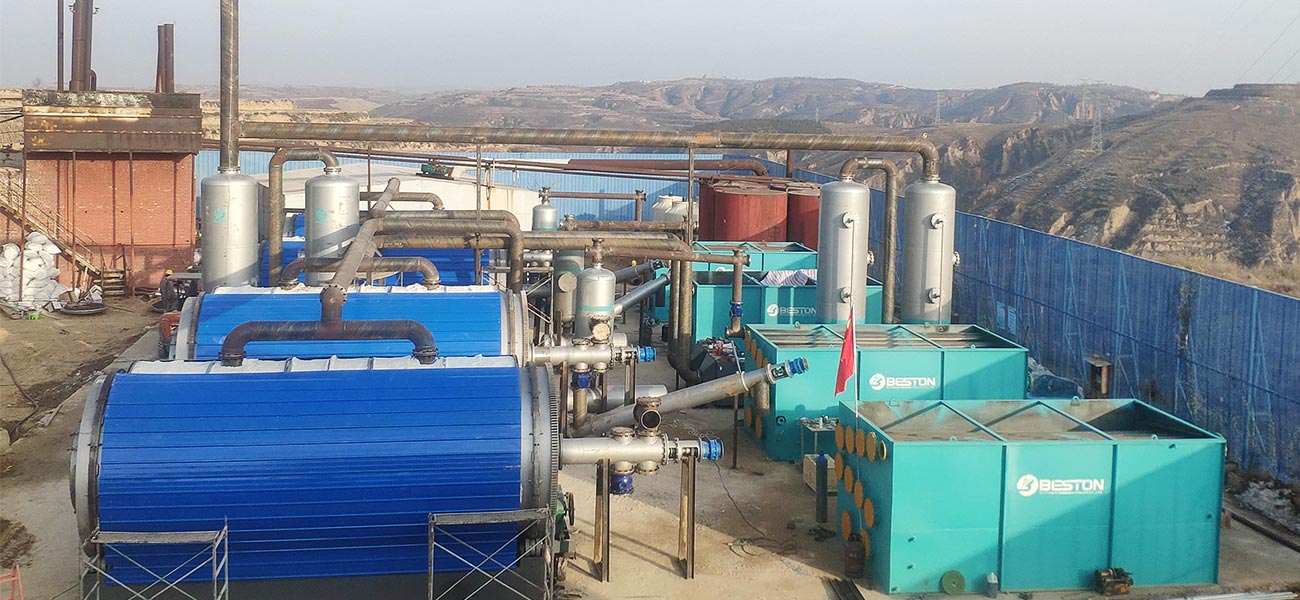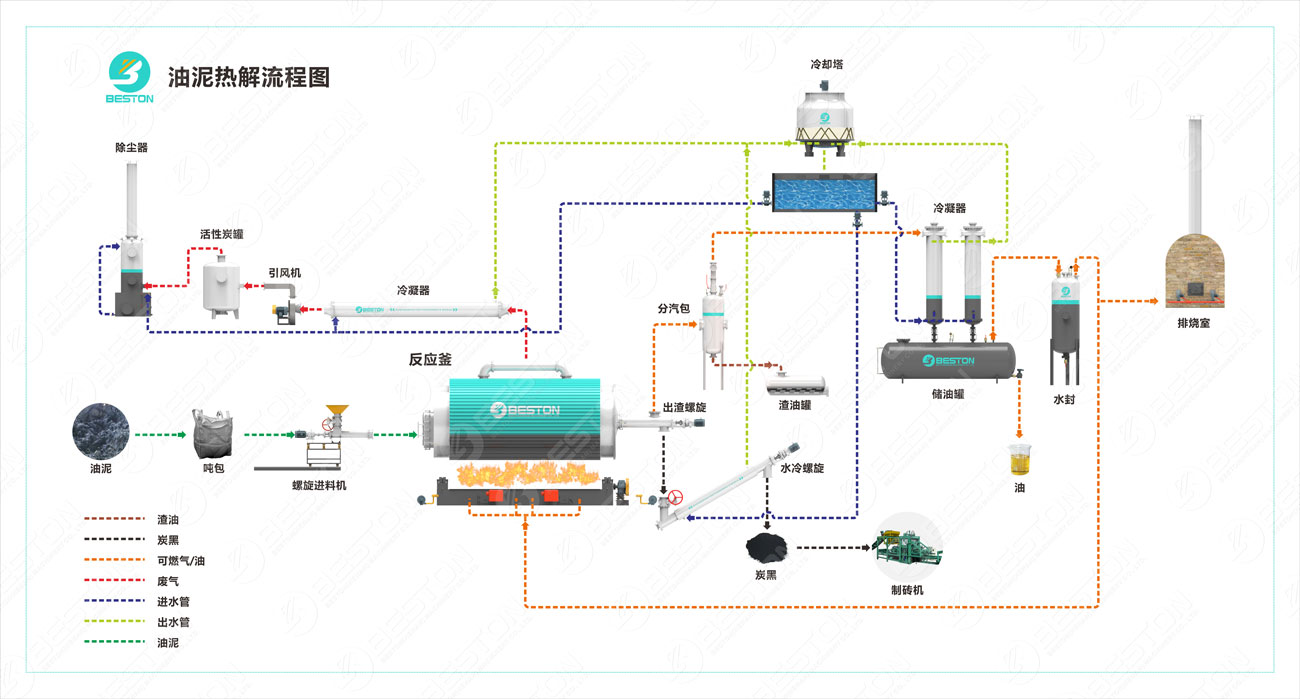A thermal desorption unit (TDU) is a device used to cleanse soil and air of pollutants. The thermal desorption process uses heat to vaporize the contaminants, which are then collected and disposed of safely. Thermal desorption units are becoming an increasingly popular way to clean up polluted areas, both on land and at sea.
What Does A Thermal Desorption Unit Do?
A thermal desorption unit is a piece of equipment used to remove contaminants from soil, water, and air. The unit works by heating the contaminated material to a high temperature, causing the contaminants to vaporize. The resulting vapors are then captured and treated, leaving the original material clean and safe.
Thermal desorption units are often used to clean up sites that have been contaminated by hazardous waste, oil spills, or other environmental disasters. In addition to being highly effective, thermal desorption units are also relatively safe and easy to operate. As a result, they are an essential tool for anyone working to protect the environment.

How Is The Thermal Desorption Process Used to Cleanse Soil And Air of Pollutants
Thermal desorption is a process that uses heat to cleanse soil and air of pollutants. The pollutants are first collected and then placed in a chamber where they are heated to a high temperature. This causes the pollutants to break down into smaller molecules, which are then released into the air. The process can be used to remove a variety of different pollutants, including pesticides, herbicides, and industrial chemicals. Thermal desorption is an effective way to cleanse soil and air of pollutants because it does not produce any new pollution. Additionally, the process can be repeated as necessary to ensure that the environment stays clean. More information on Beston Group here.
How Can Thermal Desorption Units Be Used To Clean Up Polluted Waterways?
One way to clean up polluted waterways is to use thermal desorption units. Thermal desorption is a process that uses heat to separate contaminants from the water. The water is heated to a high temperature, and the resulting vapor is then cooled and condensed back into a liquid. This process can remove a variety of pollutants, including oil, heavy metals, and organic compounds. Thermal desorption units are often used in conjunction with other pollution-control methods, such as filtration and oxidation. By using thermal desorption, it is possible to significantly improve the quality of water in polluted areas. Check the pyrolysis plant for sale here.

Why Are Thermal Desorption Units Becoming An Increasingly Popular Way To Clean Up Polluted Areas?
TDUs work by heating contaminated soil or water to a high temperature, causing the contaminants to vaporize. The vapor is then collected and treated, leaving the soil or water clean. TDUs have a number of advantages over other cleanup methods, such as incineration. First, they are much less energy-intensive, making them more environmentally friendly. Second, they can be used to clean a wide variety of contaminants, including heavy metals and hydrocarbons. Finally, they are much less expensive than other methods, making them more accessible to communities and businesses that are affected by pollution. As awareness of the benefits of TDUs grows, it is likely that they will become even more popular in the years to come. See the small pyrolysis machine here.